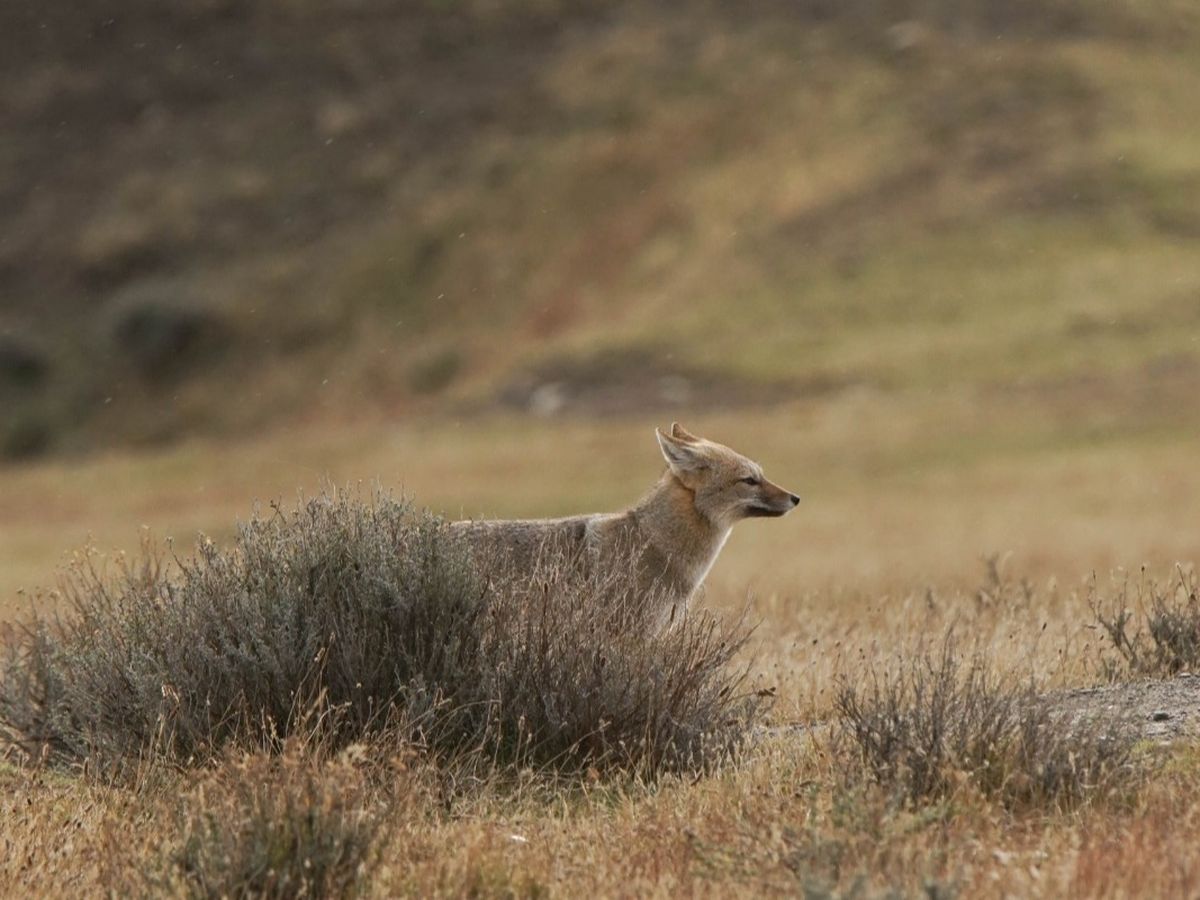Hey folks!
I am heading to Los Lagos, Chile in February (next month) to carry out a camera trap survey across the landscape. It is a beautiful region, with Valdivian temperate rainforests extending down to the ocean less than 200km from snow-capped volcanoes along the southern Andes. Within this lovely stretch of land exists a suite of native carnivores - mountain lions, several species of fox, and the diminutive guiña (a tiny cat) among others. I am going to Chile to figure out how these carnivores are affected by domestic dogs, and habitat loss. These are problems affecting carnivores around the world, but this region of Chile is particularly conducive to studying this dynamic because of the amount and rate of land being deforested, and the number of free-ranging domestic dogs.
I have been awarded several small grants and they cover my flight costs and some of the living expenses. Through this campaign, I am raising funds for the camera traps needed to run the survey. To give you an idea, approximately every $70 puts one camera trap into the field. In addition to my undying gratitude, in exchange I can provide backers with images directly from the camera traps. You will see the direct results of what you will be funding, popping up in your inbox as I check my camera traps. Here are some examples of the kinds of images you will receive:




From the top: puma, guiña, culpeo, another guiña
The Darwin's Fox
Of particular interest in this area is one of the most endangered canids in the world - the Darwin's fox. They have been found at a site further north, and to the south on Chiloé island. Researchers expect them to be at Mapu Lahual (my coastal site), but no one has looked for them there yet. Discovering them there would be particularly exciting as it would not only fill in the gap in their distribution but would also mean that there are more populations of this species around than previously thought. Help me find this rare (and very cute) species!
Here are some more photos of the local carnivore community that I took with my personal handheld camera. Clockwise from the top left: Culpeo, chilla fox, puma. The last image is a Darwin's fox. I found it much further south of my fieldsite on Chiloé island, which is one of the last strongholds of the species. I hope to find this species on my camera traps at my coastal site, from where it is not currently known. 
Why I need your help:
I went to Chile last year on a shoestring budget for a pilot field season. During that time, I placed 50 camera traps, met a lot of wonderful people, and established permission to place cameras on people's lands. It was also winter, and I quickly realized that for my work to be successful, I need to return during the austral summer (December through May). In the winter, the rains make many of the roads impassable, and the constant cold and high humidity kills the camera trap batteries quickly. For research purposes, a field season during the first quarter of the year is ideal. For funding, however, this is tricky as many grants don't roll through until April or May, by which the season would be all but over. This is why I am asking for your help in making this field season a reality.
FAQ:
I'll update this section as questions roll in!
Who are you?
I'm Rumaan Malhotra and I am a third-year PhD candidate in the Applied Wildlife Ecology lab at the University of Michigan. I'm driven to understand and protect wildlife, hence this focus for my PhD studies. I also like to rock climb, hike, and photograph the stars.
What about the camera traps you had during your pilot season?
Last season, I had 50 camera traps available to me, which I used to survey a single site. These camera traps were from my lab however, and they are unavailable to me for this season (they are being used for a project in Senegal!). This time I am surveying 3 sites, and need a total of 150 camera traps.
How much do the camera traps cost?
Fortunately, I am able to obtain a discount for buying refurbished cameras in bulk. The cameras are $45 each. Then there are battery, a memory card, and transportation costs. Therefore, every $70 gets another camera trap into the field.
What good are camera traps for providing wildlife information?
In short, camera traps give us a glimpse into what is happening out in the wilderness without us being there. They are non-invasive, and are motion activated. With an array of camera traps, we can survey large geographic areas for wildlife. In addition to spatial patterns for species (i.e. where in the camera grid is this species showing up?), the cameras also record the time of day when each photo is taken. These data can be used in statistical models to make a wide variety of inferences.
My lab at the University of Michigan also has camera trap projects running in the state of Michigan. This one minute video by our lab goes over some of the uses of camera trap data.

